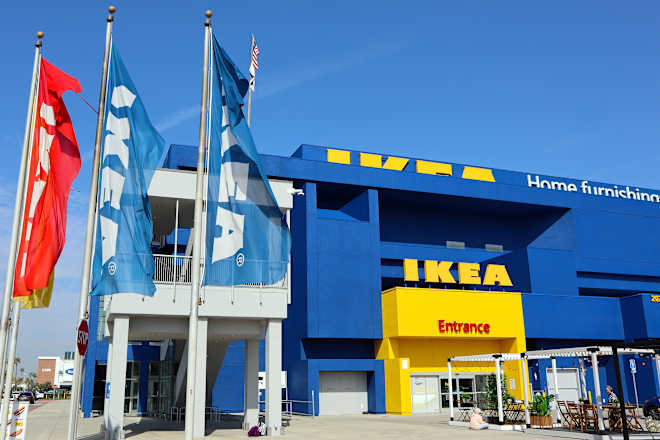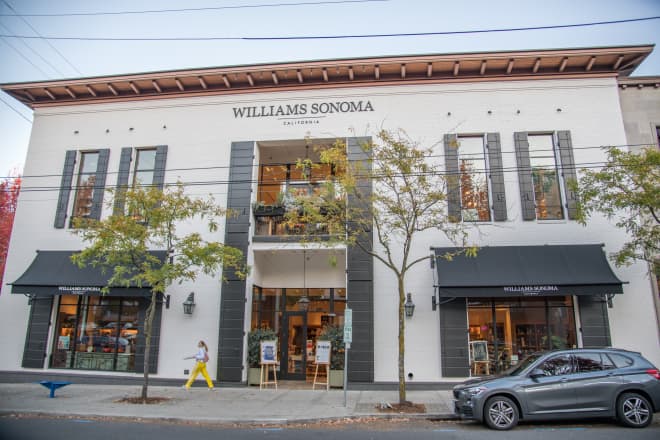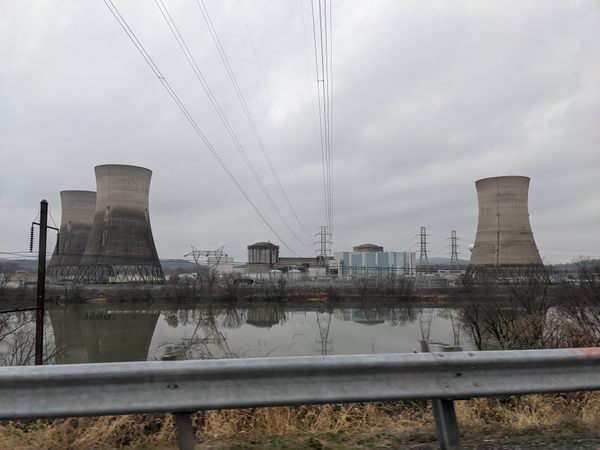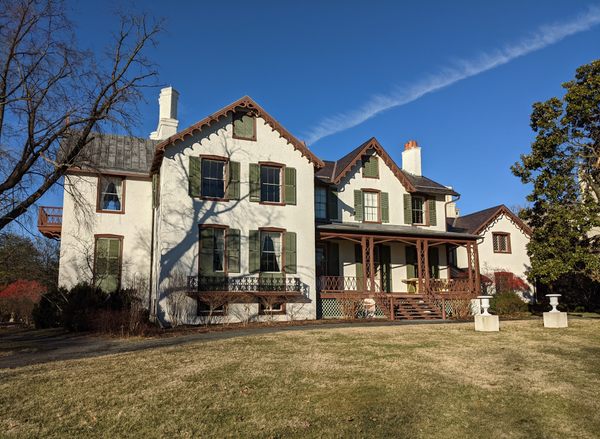Cadiz Dunes Wilderness Area in San Bernardino County, California
Active dune fields are rare in the Mojave Desert. Some relatively small fields occur in the valleys around Death Valley, such as Eureka Dunes and in Death Valley itself. The biggest dune fields are Kelso Dunes, in the Mojave National Preserve near Baker, and Algodones Dunes far to the south near the Salton Sea. Both of these cover more than 40 square miles. But a smaller and even more remote dune field lies between these behemoths: the Cadiz Dunes. Named for an old stop on the Santa Fe Railroad (now part of the BNSF system), these dunes lie south of Amboy on the unpaved Cadiz Road off old Route 66. The Cadiz Dunes are now the centerpiece of an eponymous wilderness area—a designation it earned in 1994. The source of the sand is Cadiz Dry Lake just to the south, but Cadiz Dunes and Dry Lake also lie in an east-west sand transport corridor that was active in the recent geologic past. Unlike many other Mojave dune fields, Cadiz Dunes don’t permit motorized activity. That—and its remote location—is why its environment is astonishingly pristine. You can freely climb on the dunes, and walk wherever you wish, enjoying the desert silence without having to worry about being run over, and soaking up the flavor of the desert as it was in the old days.

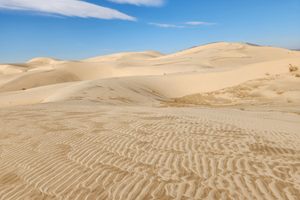
Active dune fields are rare in the Mojave Desert. Some relatively small fields occur in the valleys around Death Valley, such as Eureka Dunes and in Death Valley itself. The biggest dune fields are Kelso Dunes, in the Mojave National Preserve near Baker, and Algodones Dunes far to the south near the Salton Sea. Both of these cover more than 40 square miles. But a smaller and even more remote dune field lies between these behemoths: the Cadiz Dunes. Named for an old stop on the Santa Fe Railroad (now part of the BNSF system), these dunes lie south of Amboy on the unpaved Cadiz Road off old Route 66.
The Cadiz Dunes are now the centerpiece of an eponymous wilderness area—a designation it earned in 1994. The source of the sand is Cadiz Dry Lake just to the south, but Cadiz Dunes and Dry Lake also lie in an east-west sand transport corridor that was active in the recent geologic past.
Unlike many other Mojave dune fields, Cadiz Dunes don’t permit motorized activity. That—and its remote location—is why its environment is astonishingly pristine. You can freely climb on the dunes, and walk wherever you wish, enjoying the desert silence without having to worry about being run over, and soaking up the flavor of the desert as it was in the old days.













































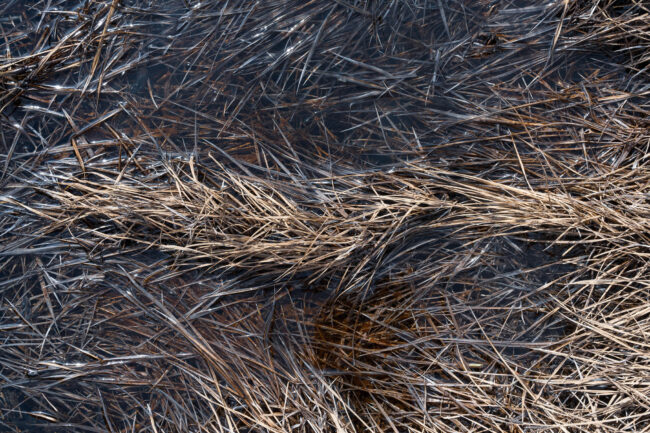

















.png?width=1920&height=1920&fit=bounds&quality=70&format=jpg&auto=webp#)









































